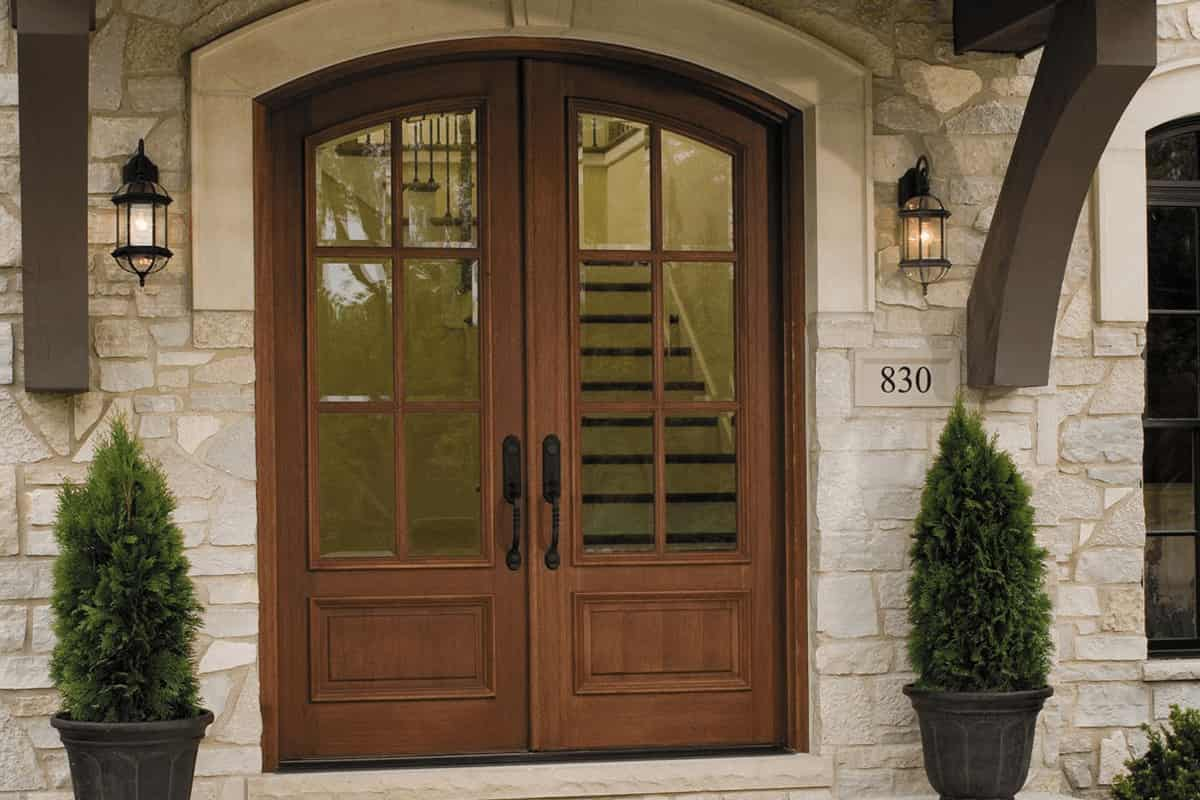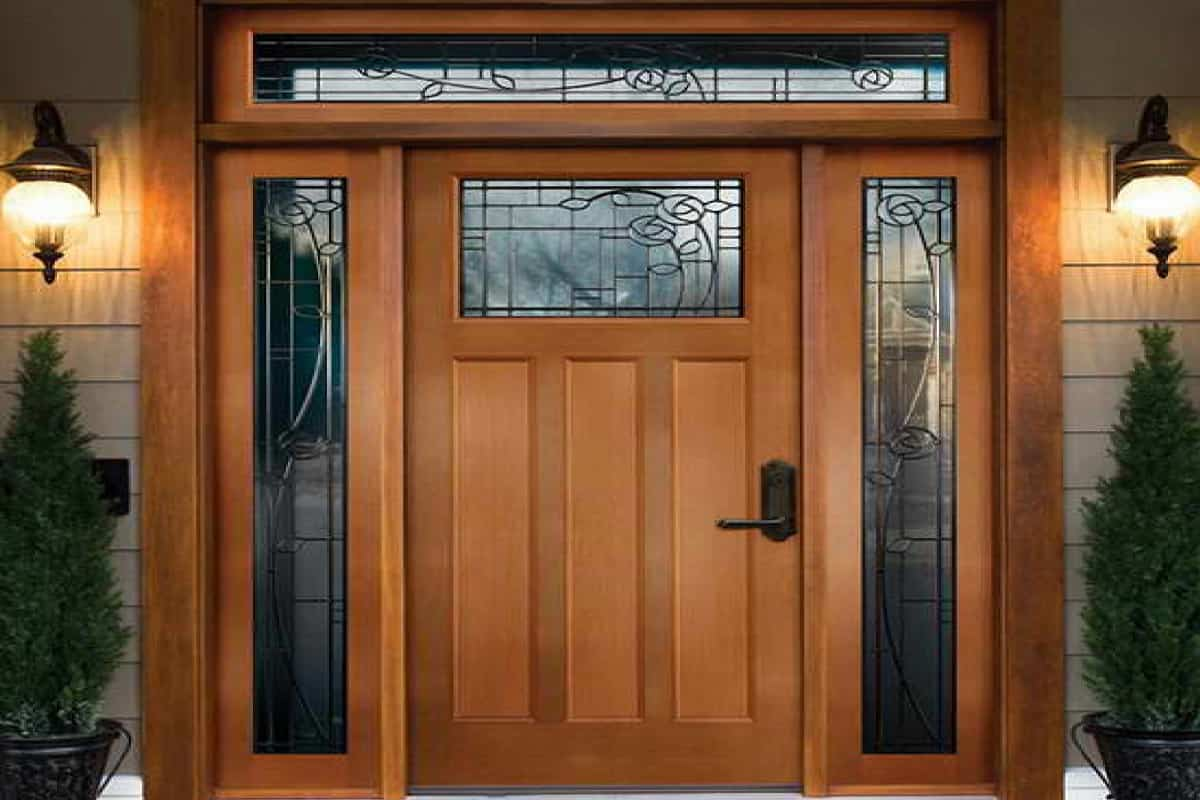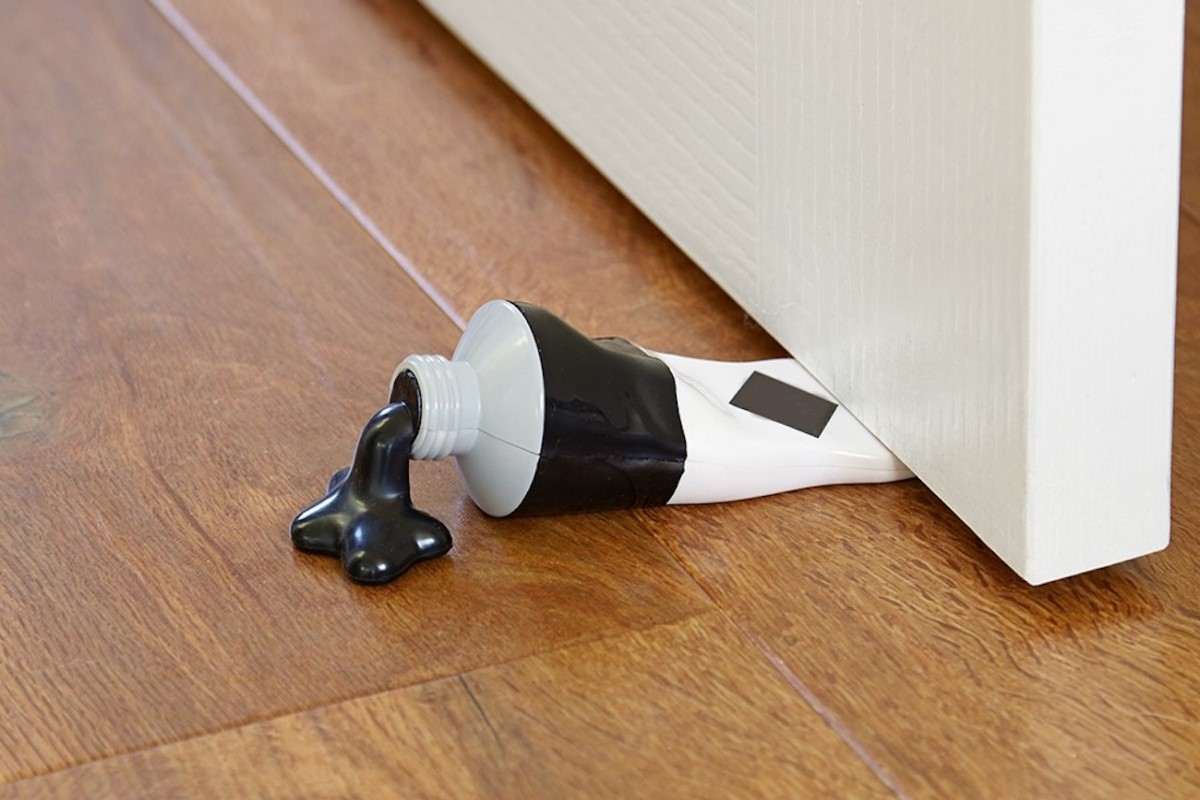fire door closers regulations
In order to differentiate between the potential spread of fire and smoke, NFPA 80 states that fire door types should be maintained closed with the help of closers for maximum safety
Use of the most effective and efficient door closing mechanisms is crucial
The decision to choose a trustworthy door closer is never simple, and purchasers are more careful when it comes to fire doors
The decision-making process for choosing a fire-rated door closer is significantly influenced by the following crucial factors: Weight, size, and application; indoor/outdoor; frequency of use; opening force; ADA clearance
Weight, dimension, and application should be taken into account when selecting a door closer to fire-rated doors
Different door dimensions and weights need various closing pressures to shut securely
Due to the many alternatives and factors to take into account, using a standard door closed might make this calculation fairly challenging
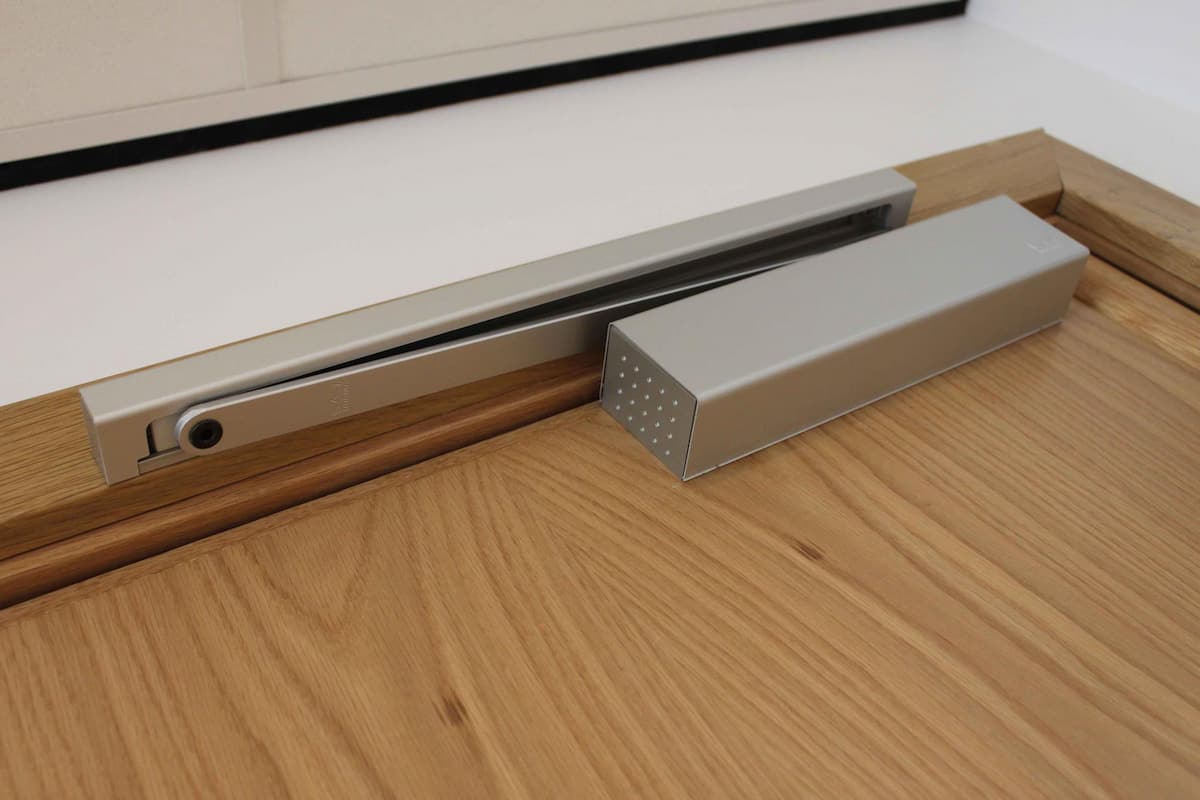
The three distinct mount types for conventional door closers are standard arm, parallel arm, and top jamb
Each kind requires accurate knowledge of the appropriate weight, size, swing style, and use volume
Due to the fact that there are six distinct closer sizes, this might be challenging
There are a bewildering number of options when different mount types are combined with various closer sizes
In contrast, our hinge system uses only hydraulic and mechanical hybrid mechanisms in a single, efficient design to satisfy the aforementioned factors
Every Waterson hinge system is designed to be in-swing and out-swing compatible and appropriate for the majority of door sizes
It is simple to choose and stock Waterson hinges since the left and right sides are interchangeable
Installed door closers on fire-rated doors that face both inside and outside are often vulnerable to moisture from the outside
This may be a concern, particularly for conventional top-mounted door closers, whose large closer arms can rust and lose their effectiveness
At the same time, strong winds may harm a spindly, pivoting arm and result in hydraulic shocks that can harm a mechanism
The exposure problems that may readily plague standard closers are reduced by Waterson hinges by merging the closing mechanism within our innovative barrel
This robust, totally enclosed construction, which is made of stainless steel, guarantees durability and efficient performance that won’t be impacted by environmental factors
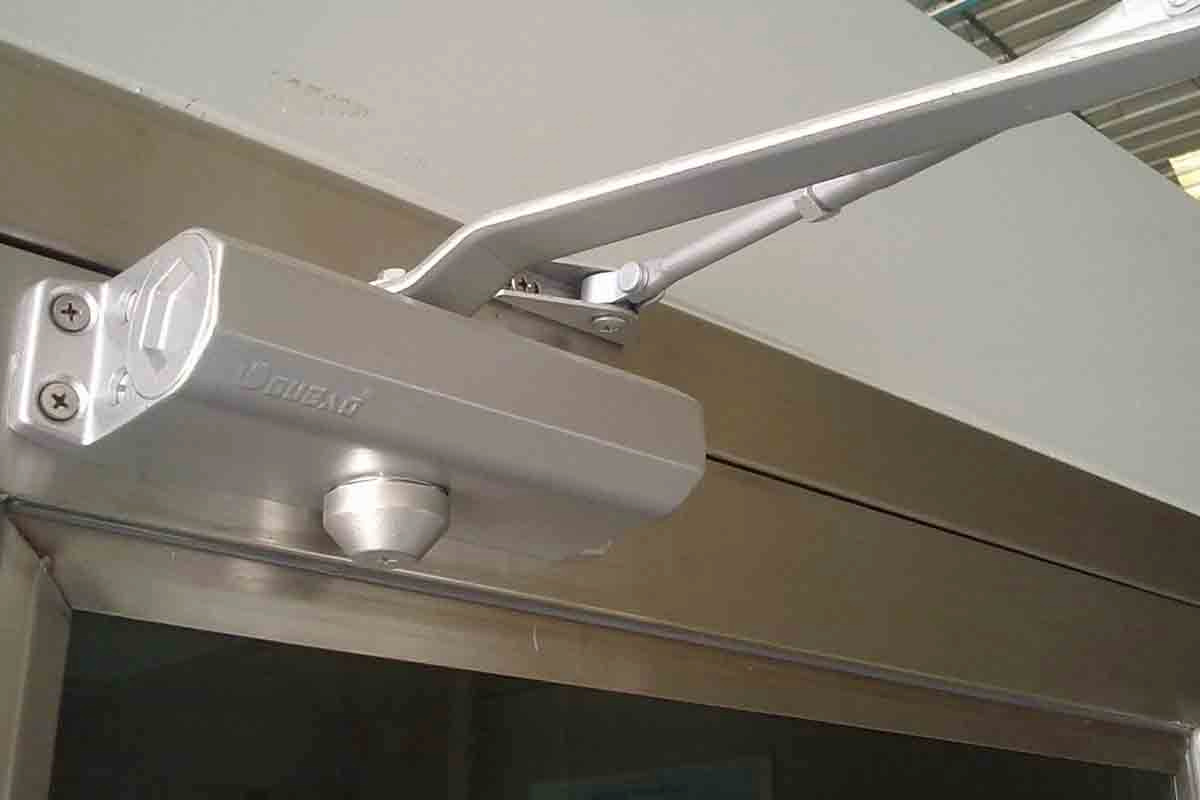
Door opening and shutting frequency might vary greatly depending on the needs for commercial space utilization
The durability specifications for self-closing hinges are categorized by cycle-time classes in accordance with ANSI A156
17, where Grade 1 needs 1,000,000 cycles, Grade 2 requires 500,000 cycles, and Grade 3 requires 250,000 cycles
So, for tighter hinges, Grade 1 denotes the highest quality certification, followed by Grade 2 and Grade 3, respectively
In addition to earning Grade 1 classification, Waterson hinges do so with low wear
With Waterson hinges, doors of any weight may be opened with as little as 5 pounds of effort
Doors with Waterson hinges open with little effort in contrast to typical door closers
Waterson hinges are ADA compliant and suited for heavy hotel room doors, senior communities, and commercial fire-rated doors with significant traffic
Fire door closer specifications may fluctuate between local and national ADA building codes
No door closer is permitted to be put inside the 78″ minimum clearance gap in order to comply with this ADA guideline
Typically, commercial fire-rated doors are 80′′ or 84′′ high
It is almost difficult to install a top door closer and comply with the 78″ minimum clearance standard with an 80″ door
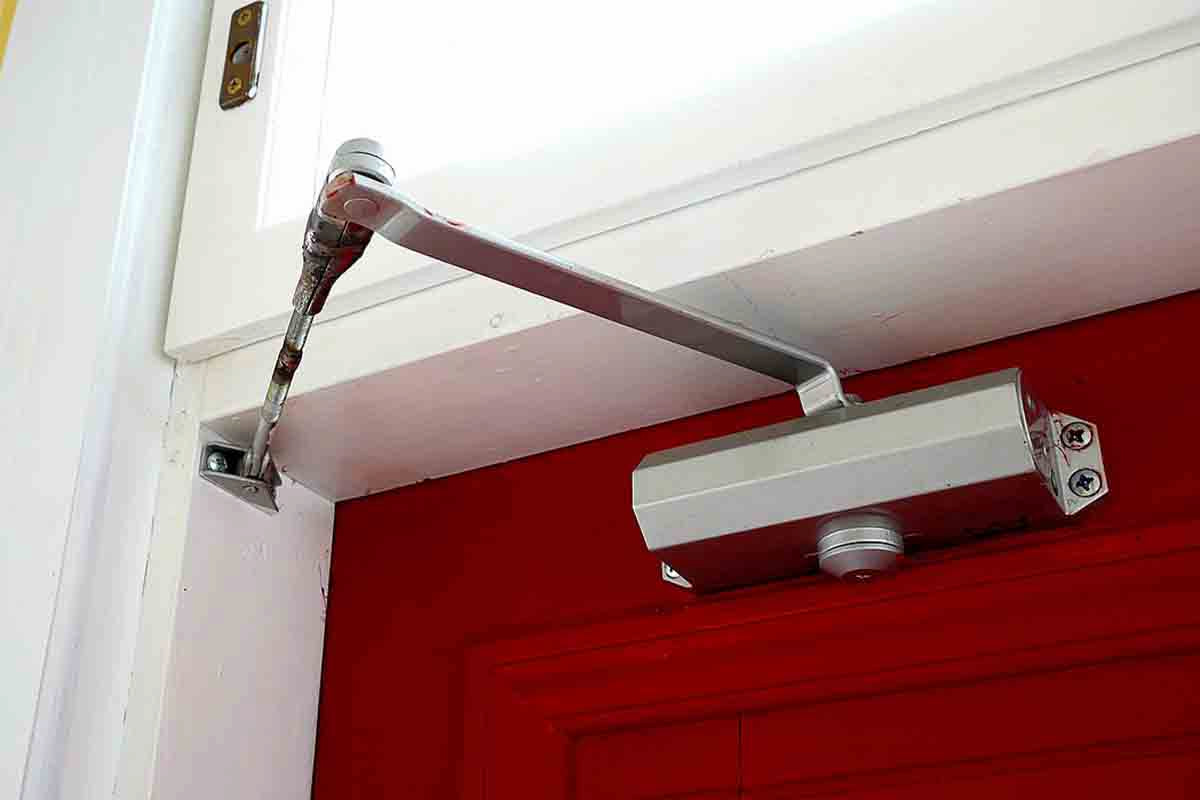
Meeting the clearance requirement is fairly simple with Waterson hinges since they function like a door closer without the bulky additional pieces
When the door is not in use, it should stay closed to ensure the good operation of fire doors
As apparent as it may seem, it may be challenging to guarantee that fire doors are being closed in a crowded office building
To guarantee that a door automatically closes after being opened and provides the highest level of fire safety, automatic fire door closers are fitted
Door closers function by closing the door using the energy that was generated up while opening
Depending on the weight of the fire door, various types of fire door closers have varying closing strengths
The EN power size is another name for the closing strength
Fire door closers do not need to use as much force to close smaller, lighter fire doors
Many versions of door closers feature a scalable power size
The design of the door—whether it closes inward or outward—will also affect how the door closers are set up
This fire door maintenance checker is a helpful tool for ensuring that all of your fire door’s components are legal and functional
In the event of a fire, a door closer that is not secured or functional will not close the fire door
There might be terrible repercussions from this
There are many different kinds of fire door closers available, some of which are even hidden within the doors
The doors may securely be kept open or allowed to swing freely on the hinges thanks to free-swing closers
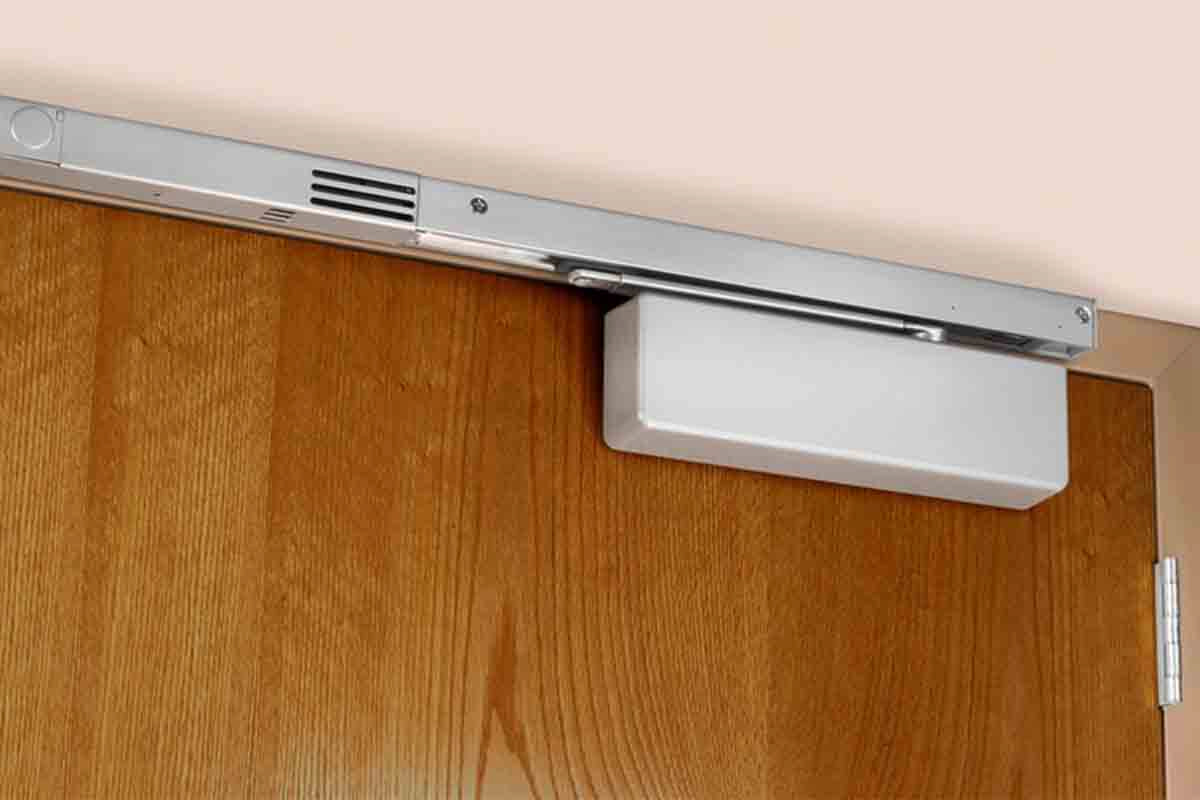
This may aid in enhancing accessibility, especially in congested places or for those with mobility issues
These hold-open mechanisms will activate in the event of a fire, enabling the door closer to seal the door
The automobiles were on fire in January 2020 when a large fire broke out in the garage of a family house in Chicago
But a fire door stopped the flames in their tracks and raised the alert
Smoke detectors woke up the homeowners, who managed to flee uninjured with their dog
Tragically, the exact reverse occurs much too often
72 people died in the fire that destroyed the 24-story Glenfell Tower in north London in 2017
One of the saddest disasters in contemporary British history, according to many people
Mobility difficulties may be more prevalent in high-traffic areas, notably in hospitals, retirement communities, and health and care institutions
According to the Chief Executive of the British Woodworking Federation, fire doors and closers are essential in multi-occupancy buildings to safeguard the most vulnerable occupants

